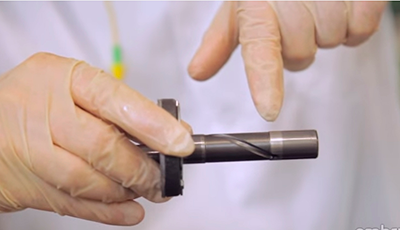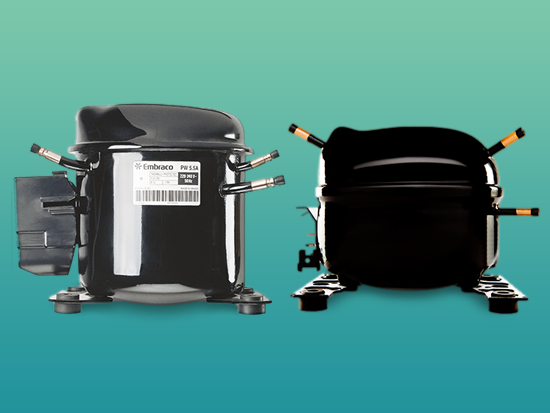[gravata]It’s necessary to know the most appropriate procedures and have a good attitude to get the best results. [/gravata]
Murilo Favaro, Specialist Technician in Refrigeration
“To be a good contractor, it’s essential to know the technical side and make a good impression on the customer.”
The term “best practices” has gained momentum in recent years, for indicating exactly what is expected of professionals who provide services: that they work using the best techniques. In refrigeration equipment technical assistance, we can divide the set of best practices into two main areas: technical procedures and customer service. Let’s start by talking about the technical part, which involves:
- Having proper training and be willing to always learn (courses, lectures, exchange of experiences with colleagues);
- Having the necessary tools and equipment and know how to use them;
- Following product and component manufacturers’ guidelines;
- Committing to not improvise or do “workarounds”.
How does a good professional start his work? First, it’s necessary to listen to the customer to understand what he needs. Then, a thorough examination of the system to discover the defect. Once discovering the problem, the recommended procedures for good service should be followed (like those shown in Embraco’s new video about replacing the compressor). Regarding customer service, there are also best practices that should be respected. Knowing technical aspects is fundamental to the work of a good contractor. But it’s no use if the customer doesn’t have a good impression of the person contracted for the service. It’s necessary to:
- Treat the customer courteously and show interest in their needs;
- Be clean and organized in their work;
- Charge a fair price;
- Comply with what was agreed;
- Offer service warranty.
By using these practices you can never go wrong. You’ll always be recognized as a good professional.



